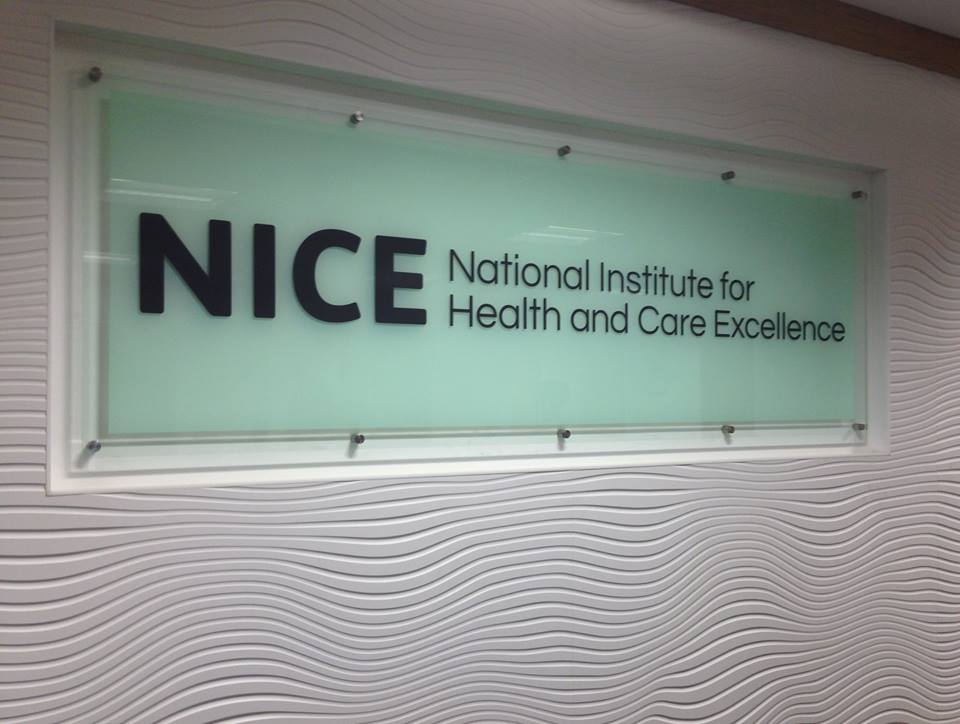NICE in talks with Biogen after rejecting SMA drug

Cost-effectiveness body NICE has rejected Biogen’s Spinraza (nusinersen) therapy for the rare genetic muscle wasting disease spinal muscular atrophy (SMA) because of its high cost – but is in further discussions with the manufacturer to strike a special deal to make the therapy available on the NHS.
NICE is now in talks with Biogen over a “managed access” scheme to limit the financial risks to the NHS.
For example the first agreement of this type allowed patients access to BioMarin's Vimizim (elosulfase alfa), where patients remain on the drug as long as it continues to work.
These schemes are rare outside of the Cancer Drug Fund, which provides interim access to oncology medicines where evidence is uncertain.
Managed access schemes are also used in NICE’s Highly Specialised Technologies assessments for very rare drugs – but the SMA patient population is too large for Spinraza to be considered with this scheme.
People with the most severe forms of SMA usually die before the age of 2. There are currently no active treatments targeting the underlying cause of SMA so the condition is managed through supportive care which aims to minimise the impact of disability, address complications and improve quality of life.
Spinraza is the first treatment to address the cause of motor neurone degeneration in SMA; it is injected directly into the spine and is a lifelong treatment.
But NICE’s independent advisory committee raised concerns that Spinraza’s long-term survival benefit is based on “optimistic assumptions” and is “highly uncertain”.
The cost-effectiveness body also said it had difficulty assessing the utility value of Spinraza – the wider value of the drug to society.
Including an assessment of the impact of the disease on carers added to the uncertainties, said NICE’s assessors.
But NICE’s main problem with Spinraza is its enormous cost - £450,000 per patient for the first year and £225,000 for subsequent years.
Based on the drug’s list price, the committee found that the NHS would have to pay £400,000 - £600,000 per quality adjusted life year (QALY) gained.
This is well above NICE’s usual upper cost-effectiveness threshold of £30,000 per QALY gained in its usual single technology appraisal.
Had NICE used the highly specialised technology programme to assess Spinraza, it would still have been too expensive – the upper limit for medicines that extend patients’ lives by 30 years or more is £300,000 per QALY.
A proposed confidential discount means the costs are too high for the NHS, according to NICE.
[caption id="attachment_45673" align="alignleft" width="105"]![]() Meindert Boysen[/caption]
Meindert Boysen[/caption]
NICE’s Meindert Boysen said: “The committee was willing to be flexible because of the nature of the condition and the paucity of the evidence, but the very high cost of nusinersen meant it could not recommend the drug as a cost effective use of NHS resources.
“Nusinersen is a promising treatment that has been shown to improve a range of outcomes important to patients. We are actively engaging with Biogen to discuss how they might address the uncertainties identified by the committee, while demonstrating the potential for nusinersen to be considered cost effective and managing the risk to the NHS of allowing access to this treatment.”




